On Thursday, the Government announced that agriculture would have to cut emissions by 22% to 30% by 2030 under the Climate Action Plan.
The plan follows the Climate Act 2021, which commits Ireland to a legally binding target of net-zero greenhouse gas emissions no later than 2050 and a reduction of 51% by 2030.
Some of the actions announced for agriculture are already earmarked in Ag Climatise, Food Vision 2030, CAP and Nitrates Action Programme.
The following actions for agriculture, land use, forestry, biodiversity and renewable energy were announced under the plan.
Fertiliser
There will be a national fertiliser use register, more use of protected urea and the promotion of crops to fix nitrogen.
As revealed by the Irish Farmers Journal this week, chemical nitrogen use is to be cut to an absolute maximum of 325,000t annually by 2030, with an interim target of 350,000t by 2025.
Reduction of methane and other gases
The Government detailed actions to reduce methane levels from agriculture:
Increase focus on selection for traits that lead to lower methane production in the beef breeding programme.Reduce the average age of slaughter of prime animals from 27 to 24 months by 2030.Reduce the crude protein content of livestock feeding stuffs to minimise nitrous oxide and ammonia loss.
Continue to invest in research to develop novel feed additives to reduce biogenic methane during the grazing season.Ensure optimisation of forage production to improve quality and quantity of forage in animal diet to improve enteric fermentation efficiency (reduces methane), through grassland management and inclusion of clover in reseeded swards.Introduce measures to promote improved efficiency and reduced emissions in livestock via improved animal health and welfare.Progress the development on feed additives on methane emissions for use during the housing period.Tillage sector
Increase the inclusion of cover crops in tillage to at least 50,000 hectares by 2030.Increasing the incorporation of straw to at least 10% of the tillage area.Improve climate resilience in crop production.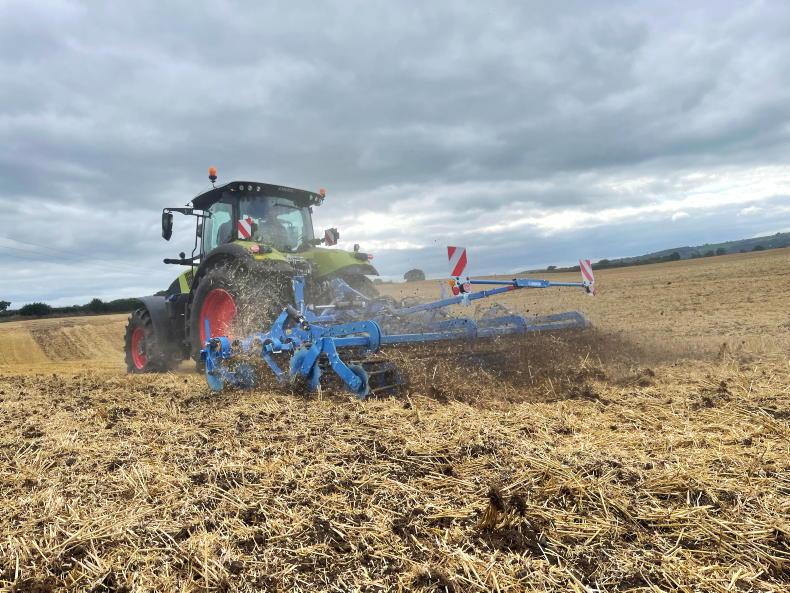
Organics
Increase the current area under organic production from 74,000ha to 350,000ha by 2030.Build organic research capacity.Knowledge transfer
Upskill farmers and advisers to ensure they have the knowledge and tools to implement climate mitigation, biodiversity enhancement and adaptation practices.Establish exemplar network of Signpost farms to demonstrate best climate practice.Expand research calls and national funding on climate action to support international research funding opportunities.Establish a centre for excellence for innovation in climate smart agriculture and land-use for the agri-food sectorAnaerobic digestion (AD) and renewable energy
The Government will introduce a small-scale generator scheme for farmers, business and communities to generate their own electricity and feed into the grid under the plan.
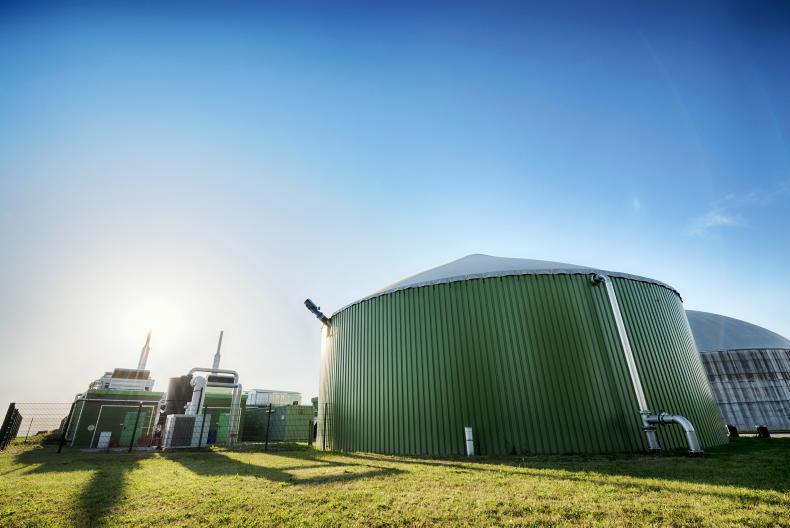
It will also:
Contribute to the capacity and capability building for AD.Conduct further research into biomass and manure feedstocks for biogas production through AD.Introduce a higher grant rate of 50% for farmers for capital investments that contribute to the wider renewable energy policy.Double the biomass supply as a fossil fuel substitution to contribute to the decarbonisation of the energy system.Under forestry, the Government wants to increase the level of afforestation to meet targets and increase the output of forestry licences to meet demand.

It wants to:
Encourage the planting of small woodlands as part of Department of Agriculture agri-environment and afforestation schemes.Minimise the impact of deforestation on GHG emissions, while supporting wider Government polices.Develop and support forests and forest owners in the sustainable management of woodland and the importance of climate mitigation and adaptation.Conduct research into species selection to increase resilience to climate change.Assess the impact of forest carbon stocks, sinks and stores within the land use, land-use change and forestry sector and model impacts of different forest management and afforestation scenarios.Support the mobilisation of timber for use in the processing and biomass sector.Grasslands, peatlands, soils and biodiversity
There are a range of actions under the plan which relate to land use, grasslands, peatlands and soils.
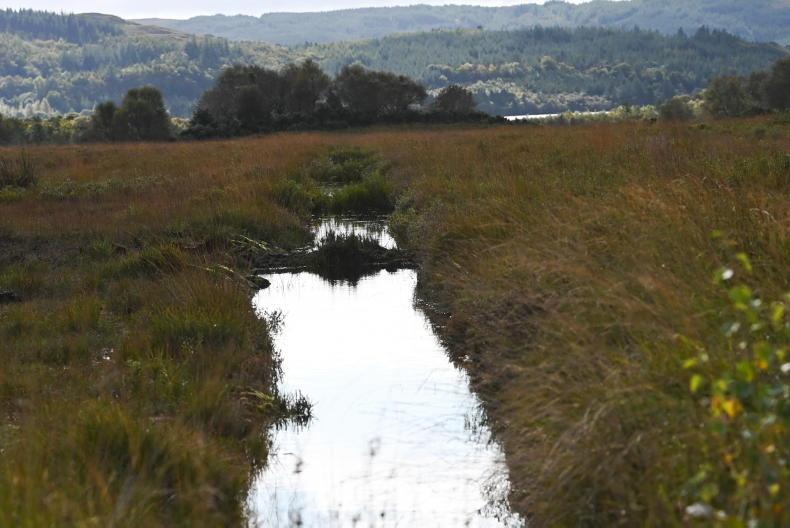
The plan wants to “promote” 450,000ha of grasslands on mineral soils for carbon sequestration and wants to have 80,000ha of grasslands which are on drained organic soils under “reduced management intensity”.
The plan outlines there will be a “payment for ecosystem services” and investment in actions that increase carbon sinks while promoting biodiversity, for example woodlands, bogs, soil management and hedgerows.
It will continue to invest in peatland mapping and will establish and refine underlying soil data to measure the nutrient and soil carbon in our soils.
The plan will identify opportunities for additional peatlands for enhanced rehabilitation, to bring significant benefits and contribute to Ireland’s target of being carbon neutral by 2050.
It will assess and implement mitigation options on post-production peat extraction sites.
Biodiversity
On biodiversity, here are the key actions set out in the plan:
Support biodiversity data collection.Build on the commitments made under the National Biodiversity Action Plan 2017-2021.Continue to raise awareness of biodiversity.Engage stakeholders in all sectors to protect biodiversity in order to increase resilience to climate change.Develop a financial strategy to implement the biodiversity climate change adaptation plan, which includes public and private funds, innovative financial mechanisms and enables investment from national to local level.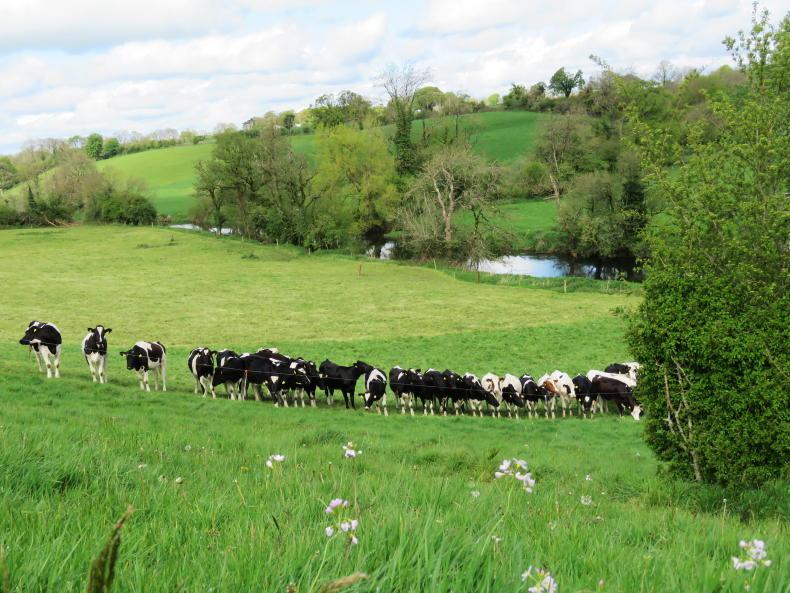
Other measures
Identify knowledge gaps in the horticulture sector around climate change mitigation actions and address areas for change.Increase the number of dairy herds carrying out milk recording from the current level of 50% to 90%.Complete a review of the Teagasc marginal abatement cost curve (MACC).Implement the new all-Ireland pollinator plan for 2021-2025. Read more
Climate Action Plan: impact of 22% to 30% cut in emissions on farming
Climate Action Plan: targets set for cover crops and straw incorporation
Emissions cut of 22% to 30% confirmed for farming by 2030
On Thursday, the Government announced that agriculture would have to cut emissions by 22% to 30% by 2030 under the Climate Action Plan.
The plan follows the Climate Act 2021, which commits Ireland to a legally binding target of net-zero greenhouse gas emissions no later than 2050 and a reduction of 51% by 2030.
Some of the actions announced for agriculture are already earmarked in Ag Climatise, Food Vision 2030, CAP and Nitrates Action Programme.
The following actions for agriculture, land use, forestry, biodiversity and renewable energy were announced under the plan.
Fertiliser
There will be a national fertiliser use register, more use of protected urea and the promotion of crops to fix nitrogen.
As revealed by the Irish Farmers Journal this week, chemical nitrogen use is to be cut to an absolute maximum of 325,000t annually by 2030, with an interim target of 350,000t by 2025.
Reduction of methane and other gases
The Government detailed actions to reduce methane levels from agriculture:
Increase focus on selection for traits that lead to lower methane production in the beef breeding programme.Reduce the average age of slaughter of prime animals from 27 to 24 months by 2030.Reduce the crude protein content of livestock feeding stuffs to minimise nitrous oxide and ammonia loss.
Continue to invest in research to develop novel feed additives to reduce biogenic methane during the grazing season.Ensure optimisation of forage production to improve quality and quantity of forage in animal diet to improve enteric fermentation efficiency (reduces methane), through grassland management and inclusion of clover in reseeded swards.Introduce measures to promote improved efficiency and reduced emissions in livestock via improved animal health and welfare.Progress the development on feed additives on methane emissions for use during the housing period.Tillage sector
Increase the inclusion of cover crops in tillage to at least 50,000 hectares by 2030.Increasing the incorporation of straw to at least 10% of the tillage area.Improve climate resilience in crop production.
Organics
Increase the current area under organic production from 74,000ha to 350,000ha by 2030.Build organic research capacity.Knowledge transfer
Upskill farmers and advisers to ensure they have the knowledge and tools to implement climate mitigation, biodiversity enhancement and adaptation practices.Establish exemplar network of Signpost farms to demonstrate best climate practice.Expand research calls and national funding on climate action to support international research funding opportunities.Establish a centre for excellence for innovation in climate smart agriculture and land-use for the agri-food sectorAnaerobic digestion (AD) and renewable energy
The Government will introduce a small-scale generator scheme for farmers, business and communities to generate their own electricity and feed into the grid under the plan.

It will also:
Contribute to the capacity and capability building for AD.Conduct further research into biomass and manure feedstocks for biogas production through AD.Introduce a higher grant rate of 50% for farmers for capital investments that contribute to the wider renewable energy policy.Double the biomass supply as a fossil fuel substitution to contribute to the decarbonisation of the energy system.Under forestry, the Government wants to increase the level of afforestation to meet targets and increase the output of forestry licences to meet demand.

It wants to:
Encourage the planting of small woodlands as part of Department of Agriculture agri-environment and afforestation schemes.Minimise the impact of deforestation on GHG emissions, while supporting wider Government polices.Develop and support forests and forest owners in the sustainable management of woodland and the importance of climate mitigation and adaptation.Conduct research into species selection to increase resilience to climate change.Assess the impact of forest carbon stocks, sinks and stores within the land use, land-use change and forestry sector and model impacts of different forest management and afforestation scenarios.Support the mobilisation of timber for use in the processing and biomass sector.Grasslands, peatlands, soils and biodiversity
There are a range of actions under the plan which relate to land use, grasslands, peatlands and soils.

The plan wants to “promote” 450,000ha of grasslands on mineral soils for carbon sequestration and wants to have 80,000ha of grasslands which are on drained organic soils under “reduced management intensity”.
The plan outlines there will be a “payment for ecosystem services” and investment in actions that increase carbon sinks while promoting biodiversity, for example woodlands, bogs, soil management and hedgerows.
It will continue to invest in peatland mapping and will establish and refine underlying soil data to measure the nutrient and soil carbon in our soils.
The plan will identify opportunities for additional peatlands for enhanced rehabilitation, to bring significant benefits and contribute to Ireland’s target of being carbon neutral by 2050.
It will assess and implement mitigation options on post-production peat extraction sites.
Biodiversity
On biodiversity, here are the key actions set out in the plan:
Support biodiversity data collection.Build on the commitments made under the National Biodiversity Action Plan 2017-2021.Continue to raise awareness of biodiversity.Engage stakeholders in all sectors to protect biodiversity in order to increase resilience to climate change.Develop a financial strategy to implement the biodiversity climate change adaptation plan, which includes public and private funds, innovative financial mechanisms and enables investment from national to local level.
Other measures
Identify knowledge gaps in the horticulture sector around climate change mitigation actions and address areas for change.Increase the number of dairy herds carrying out milk recording from the current level of 50% to 90%.Complete a review of the Teagasc marginal abatement cost curve (MACC).Implement the new all-Ireland pollinator plan for 2021-2025. Read more
Climate Action Plan: impact of 22% to 30% cut in emissions on farming
Climate Action Plan: targets set for cover crops and straw incorporation
Emissions cut of 22% to 30% confirmed for farming by 2030










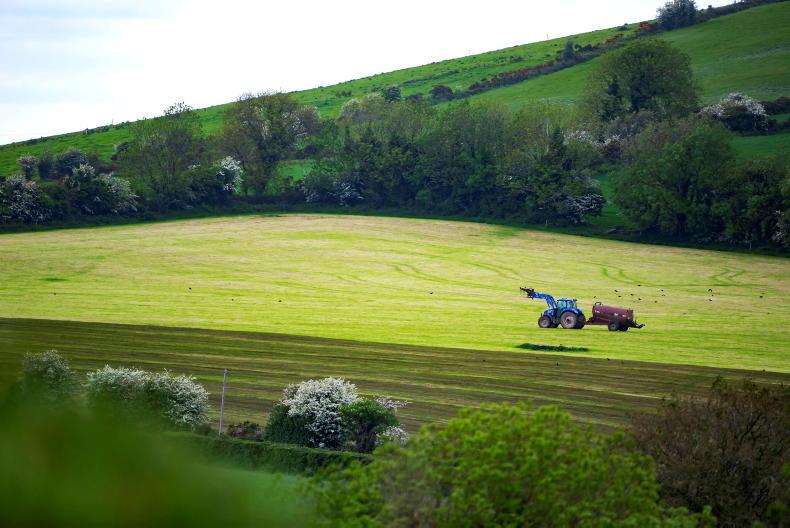


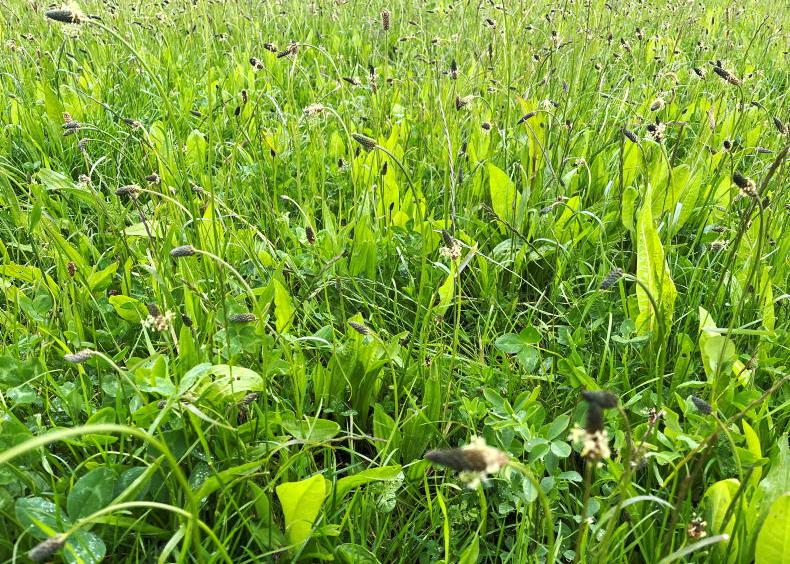
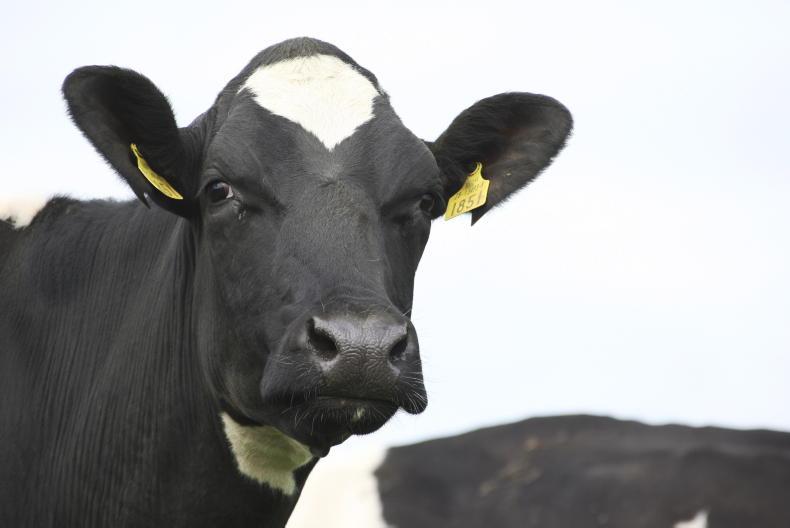
SHARING OPTIONS